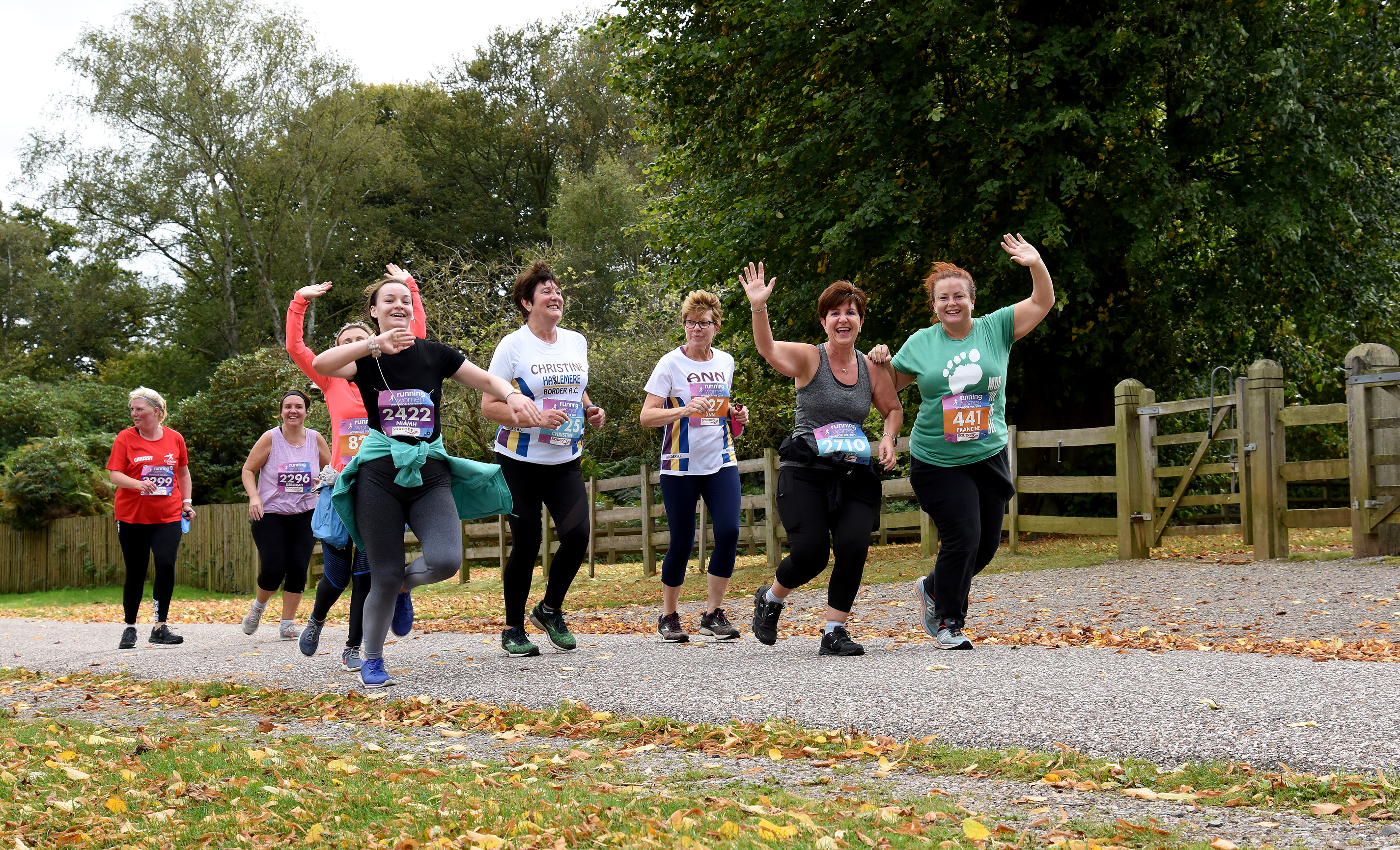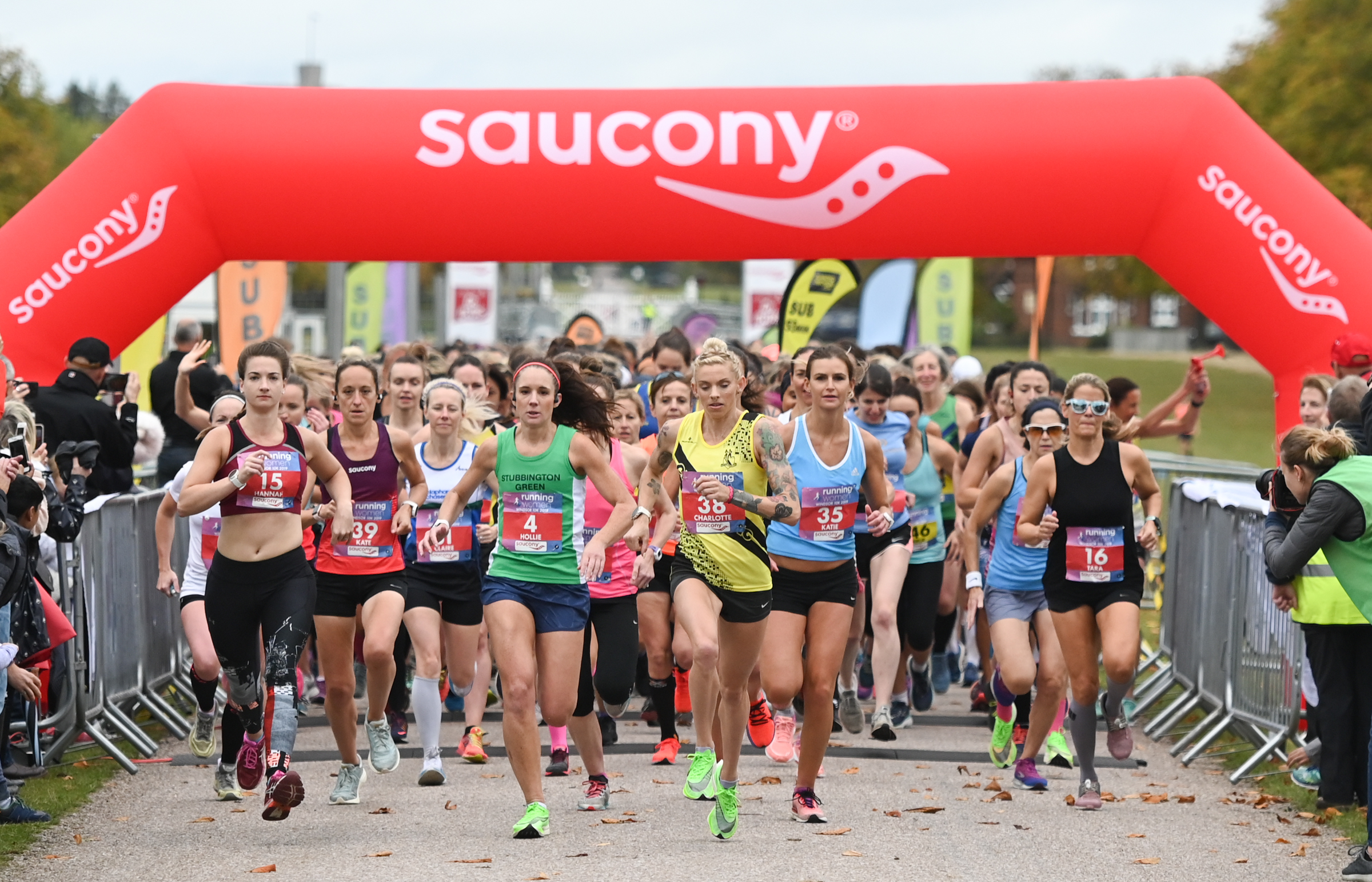This Tip Will Improve Your Running Efficiency.
This Simple Tip Will Improve Your Running Efficiency (And Reduce Injuries)
Pay attention to your running posture and you could get faster for less effort!
Think your running posture is set in stone? Think again. With a few simple exercises, you can transform your body position, stride, and foot strike to drastically reduce your risk of injury and increase your speed.
Common Signs Of Bad Form
It’s easy to spot poor running posture. So ask a training partner to look at you when you run or – better still – get them to take some video footage. Here are some tell-tale signs of a bad posture:
– eyes looking down
– bent at the hips
– hunched over
– twisting the body (in an attempt to transfer lost energy)
– over-long strides
– heel strike (wasting energy rolling through the foot)
These common elements of a poor posture make running much more difficult than it needs to be. This style of running is exhausting, sapping your energy, leading to lower back strain, and putting pressure through your glute muscles.
Core Strength For Posture
It’s not enough to just run. If you don’t do any core work, now is the time to introduce it. Take your cue from Pilates practitioners, who know how to engage and strengthen the deep core muscles including the TVA and pelvic floor. Forget doing hundreds of sit ups. Concentrate on engaging and holding your transverse abdominis (TVA) muscles, doing plank holds, and roll down exercises.
What Does Good Technique Look Like?
A good runner looks effortless when she runs. Here are the key posture elements you should work on in your own running:
– head up
– chest up (to open up the lungs)
– eyes on the horizon
– land mid foot
Train Your Cadence
Did you know that most runners have a cadence of 160-170 strides per minute? That might sound a lot, but it’s actually quite slow. A slow cadence means your feet are in contact with the floor for longer, leading to more chance of injury.
Work on improving your cadence with the aim of hitting 180+ strides per minute. You can do this by using speed work, sprints, and intervals into your training. A great way to start is by introducing strides into your existing training runs.
Think about speeding up your feet and reducing your stride length. This might seem counterproductive at first, but when it feels more natural you will see how it improves your speed and reduces the effort levels of your training runs.
How To Use “Strides”
Strides are short periods of all-out sprints (30 seconds, or around 100 metres). Try doing a 2 mile warm up run, then 4 x sets of strides. Use flat ground or a very slight incline. Make sure you recover fully between sets of strides, letting your heart rate get back to warm-up levels.
Similar Posts:
- This Tip Will Improve Your Running Efficiency.
- What is Cross Training?
- How, When, & Why To Add Speedwork To Your 10K Training Plan
- Speed Work To Boost Your Running Pace
- What’s The Ideal Weekly Combination Of Training Runs?
- Principles of Training: Simple Physiology




Add Comment